What We Treat
Knee pain
Hip pain
Shoulder pain
Head and Neck pain
Ankle and Foot pain
Elbow and Wrist pain
Find out more about how we connect the dots from the deepest root & eliminate your pain from the source below!
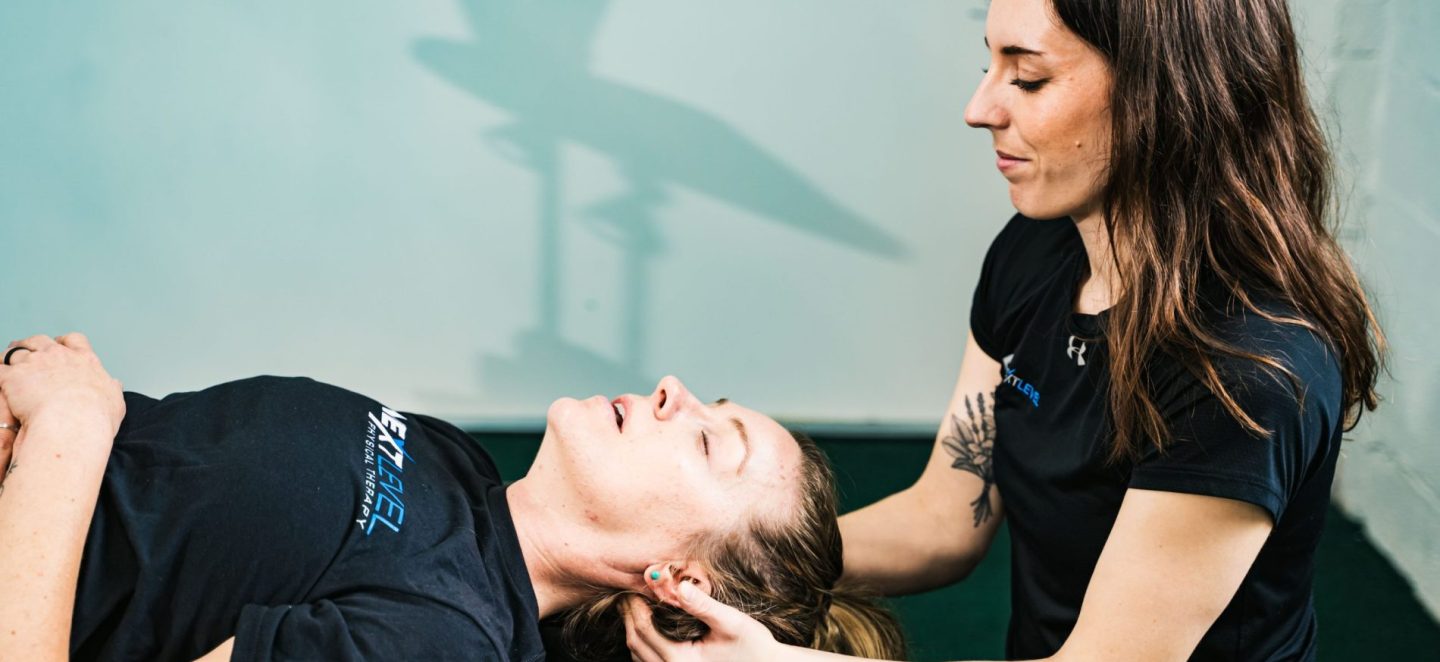

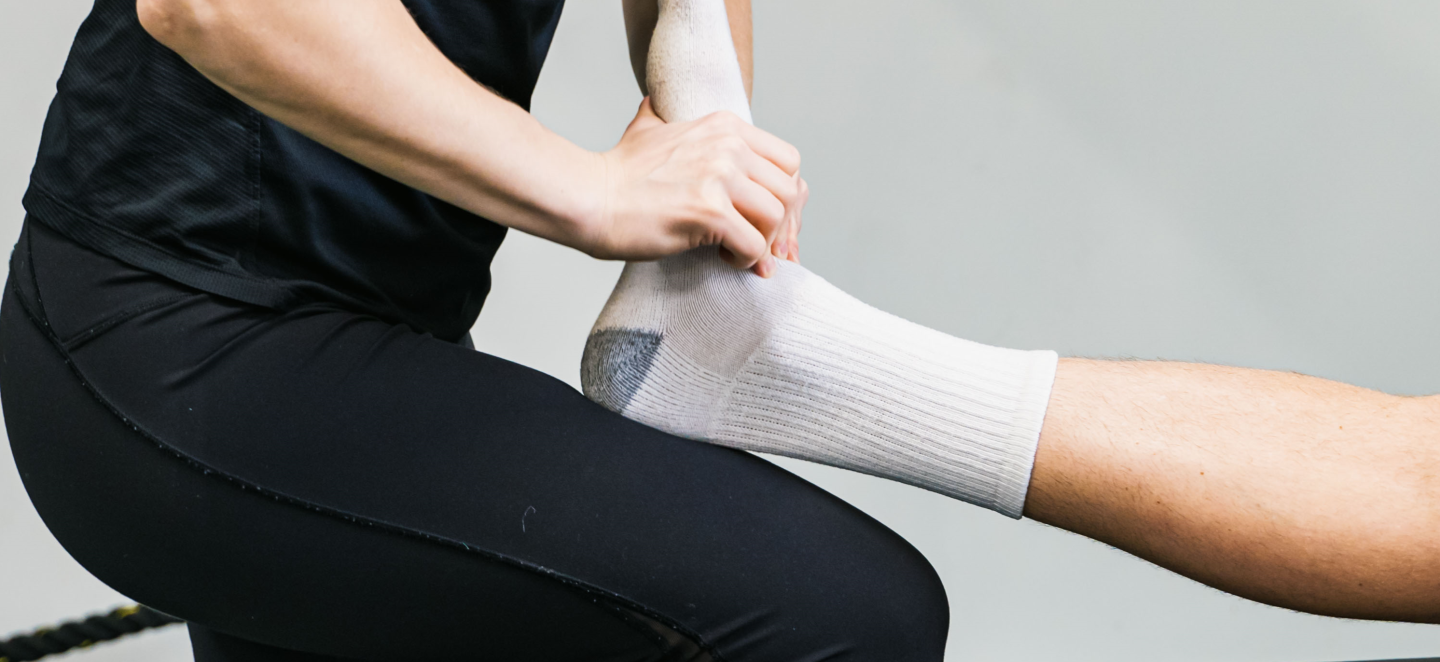
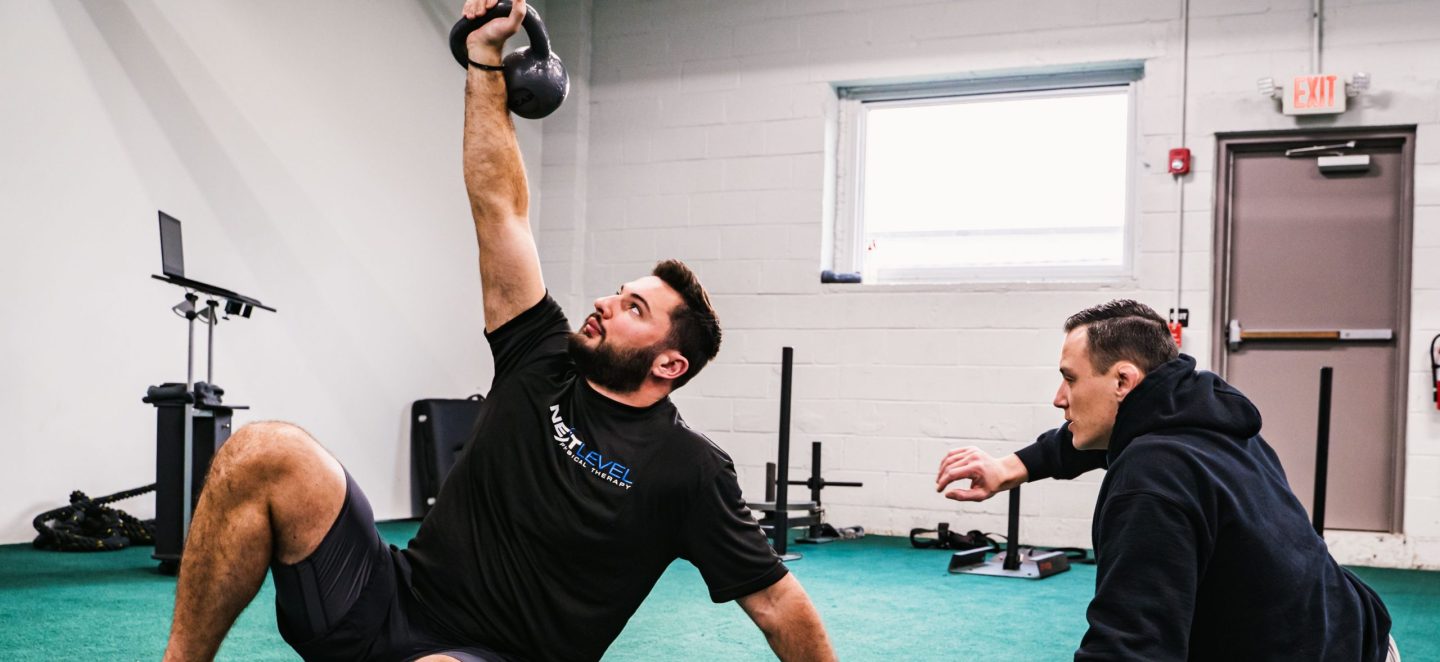
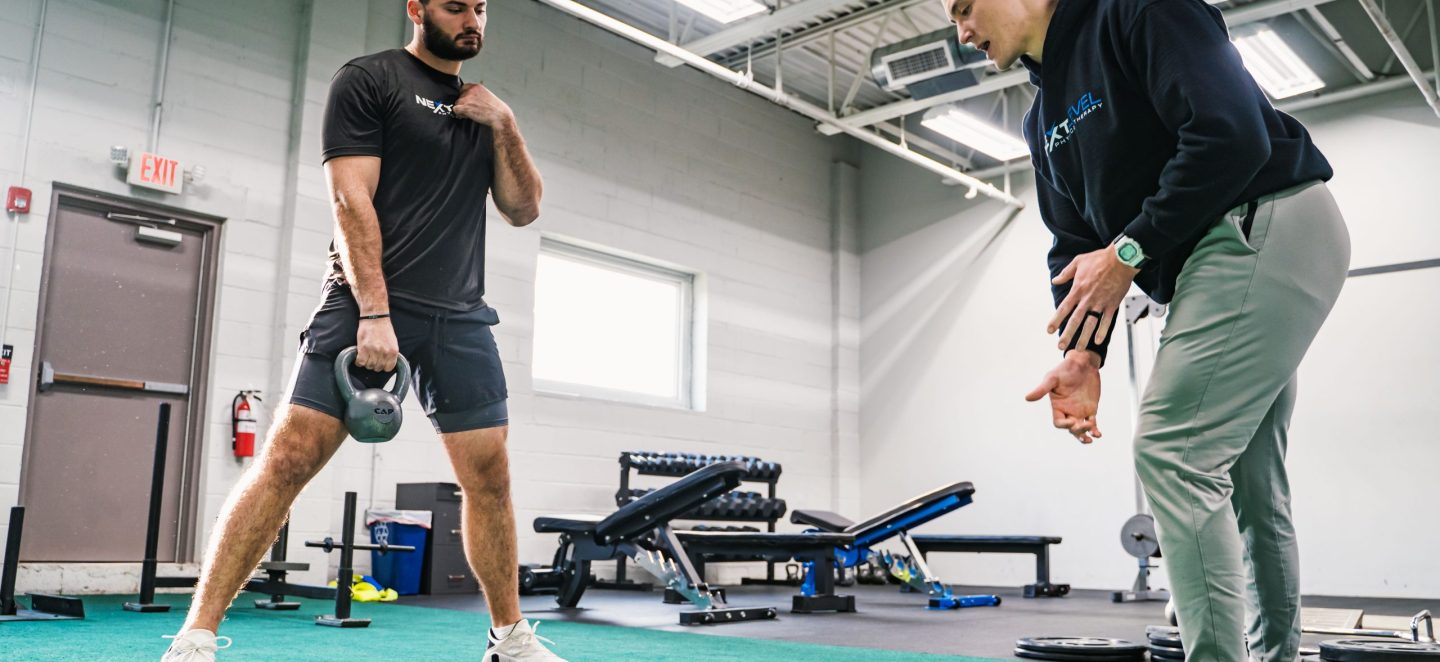
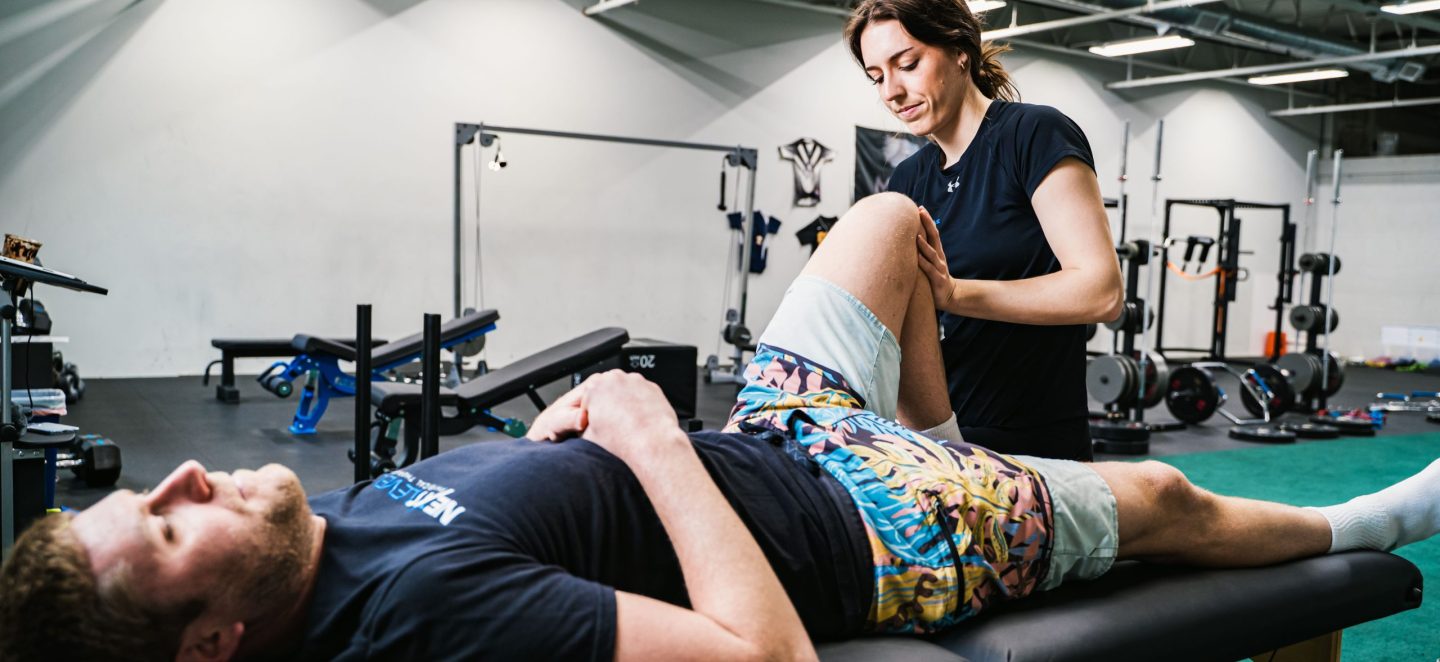
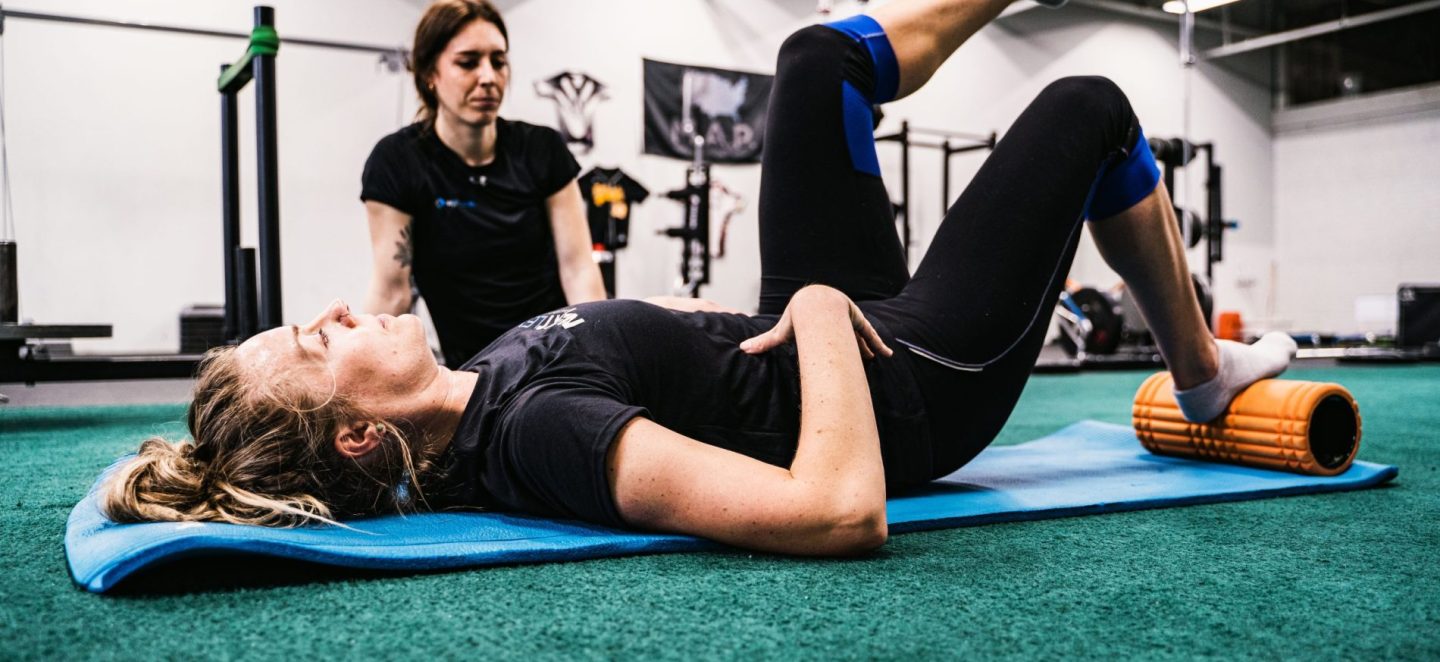
Shoulder pain often shows up when reaching overhead, lifting, pushing, pulling, or performing repetitive upper body movements. For some people it starts after a clear injury. For others it develops gradually from overuse, posture, or movement patterns that place excessive strain on the shoulder complex.
The shoulder relies heavily on coordination between the arm, shoulder blade, spine, and core. When mobility, strength, or control is lacking anywhere in that system, stress is often absorbed at the shoulder joint itself. This can lead to pain, weakness, or a feeling of instability over time.
At Next Level, we work with people who seek physical therapy for shoulder pain when symptoms linger, movement feels limited, or pain keeps returning despite rest or previous care. Our approach focuses on identifying why the shoulder is being overloaded and restoring the movement and control needed to support it.
Whether pain is sharp, aching, or activity dependent, effective treatment looks beyond the shoulder alone and addresses how the entire upper body works together.
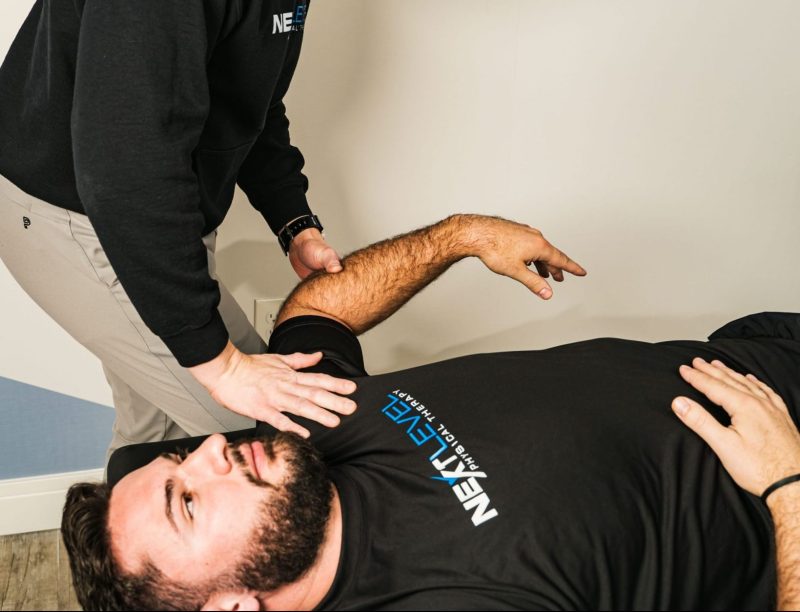
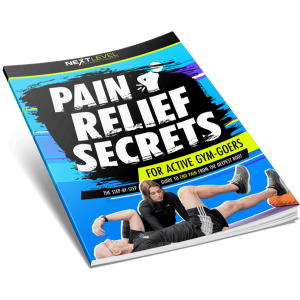
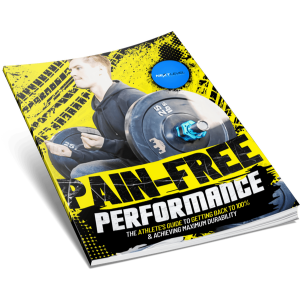
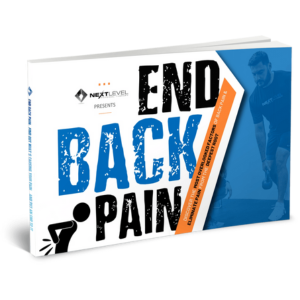



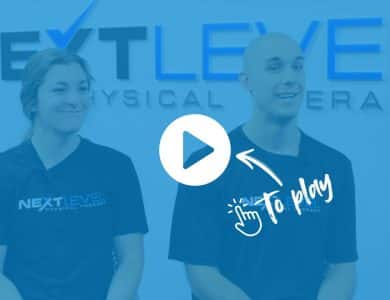

Absolutely amazing!
I’m truly grateful to Dr.Artem and the team at Next Level physical therapy for being able to get back to the gym and being able to blast through my plateaus.
I’ve been suffering from shoulder & wrist pain for the past 10 years. And throughout these years, I’ve tried numerous programs and visited multiple physical therapists who recommended the same exercises, which yielded no results.
After visiting Artem and working with him, I started seeing SIGNIFICANT progress in my shoulder’s mobility within the first week! And everything else started improving within the following weeks. This is definitely not the typical physical therapy session, and I had plenty of “Homework” to do. But it was completely customized to address my issues, and I couldn’t have been happier with the result.
Thanks again!

Dr. Mike is a pure genius. I was dealing with a shoulder problem for the past 3 years. After the first session, I could feel the difference. He is by far the best investment I have ever made and I can’t thank this man enough. I would have never thought something as simple as as breathing could make such a difference. With the exercises that he gave me to correct my body’s bad habits, I feel ten times better. Again, can’t thank this man enough.

I was a couch potato for most of my adult life. About six years ago I started doing regular exercise. Within a few years I got into much better shape, including losing thirty pounds! Unfortunately, I started experiencing chronic pain in my left shoulder. For a long time I just put up with it, hoping it would go away.
At times the pain traveled throughout my arm. There was a whole month it was so bad that not only did I have to stop exercising, but I could barely sleep at night. When I resumed exercise, I minimized the activities that worsened my discomfort.
About a year ago, I decided to focus on one fitness activity and train like an athlete. Kettlebell Sport is essentially endurance weightlifting, and requires lifting moderately heavy weights overhead repetitively. Before long my coach realized that the lack of shoulder mobility would hinder my progress in the sport. In addition, the pain in my shoulder was getting worse. Coach convinced me to do something I should have done long before: see a physical therapist. Coach recommended Next Level, saying they were state of the art and among the best in the country.
My experience as a physical therapy patient was not what I expected.
At each visit, Dr. Mike stepped me through three or four exercises. Breathing – deep inhales and strong exhales – were essential to every exercise. He had me do several repetitions of each exercise every day or every other day. The fifteen or twenty minutes these exercises took gradually brought changes in my body.
To my surprise, most of the exercises were not focused directly on my shoulder.
Early on Dr. Mike determined that my ribs tended to jut too far forward, particularly on the left side. The first group of exercises was designed to correct that problem.
Later Dr. Mike focused on the muscles around my left shoulder blade, which were not engaging sufficiently when they were needed. He gave me several new exercises to help awaken those muscles.
Another group of exercises helped me develop the habit of breathing deeply into my upper back.
I would not have guessed that my shoulder pain would be solved by a collection of exercises involving other parts of the body. Dr. Mike holistically assessed my situation, and corrected the postural problems that were the root cause of the symptoms in my shoulder.
My shoulder’s mobility has improved immensely. I have been able to continue my kettlebell sport training with little to no pain in my shoulder.
The methods used by Next Level may seem surprising, but the bottom line is that they are effective.